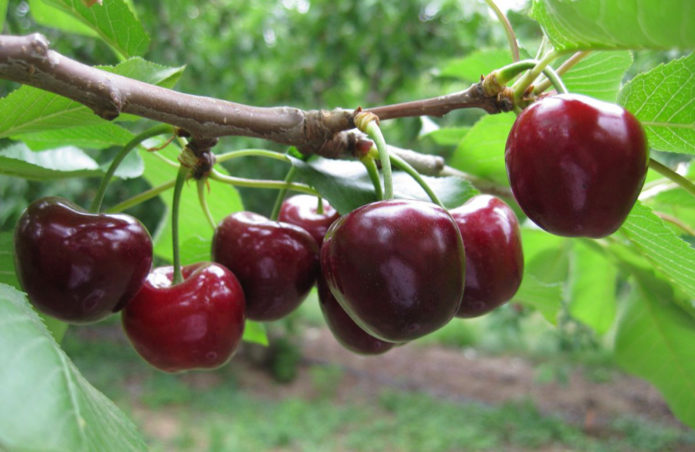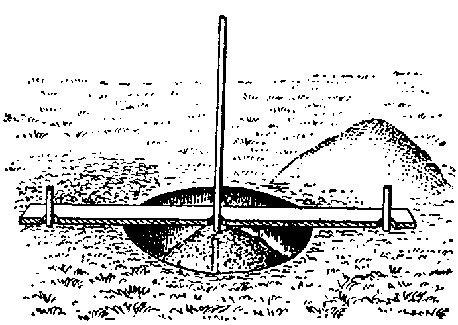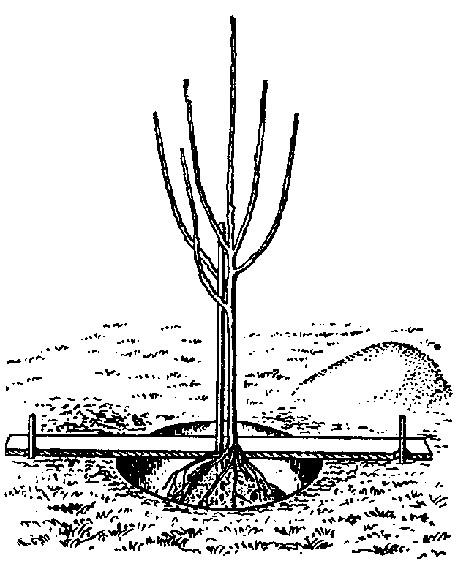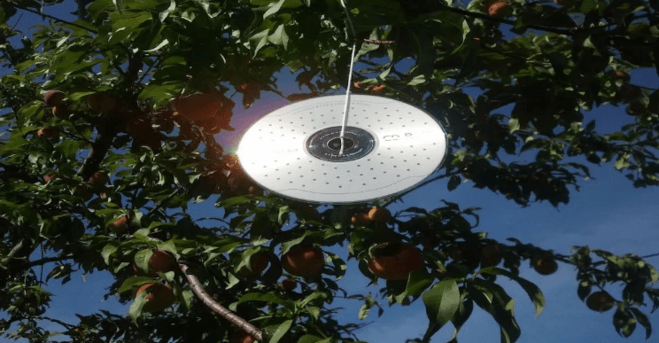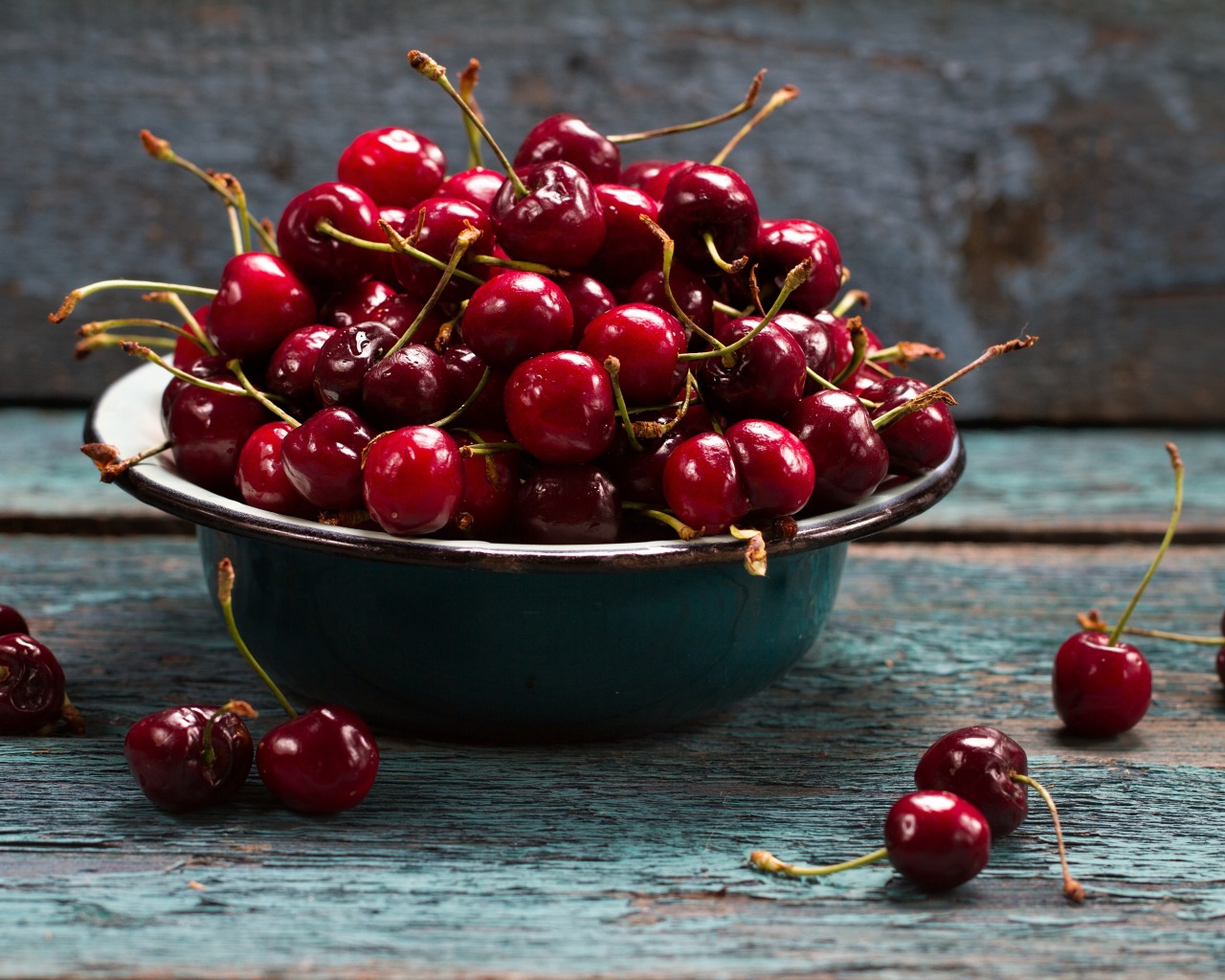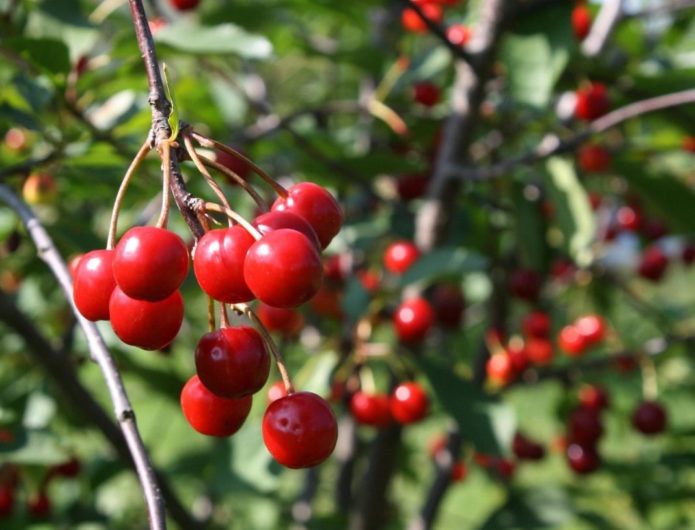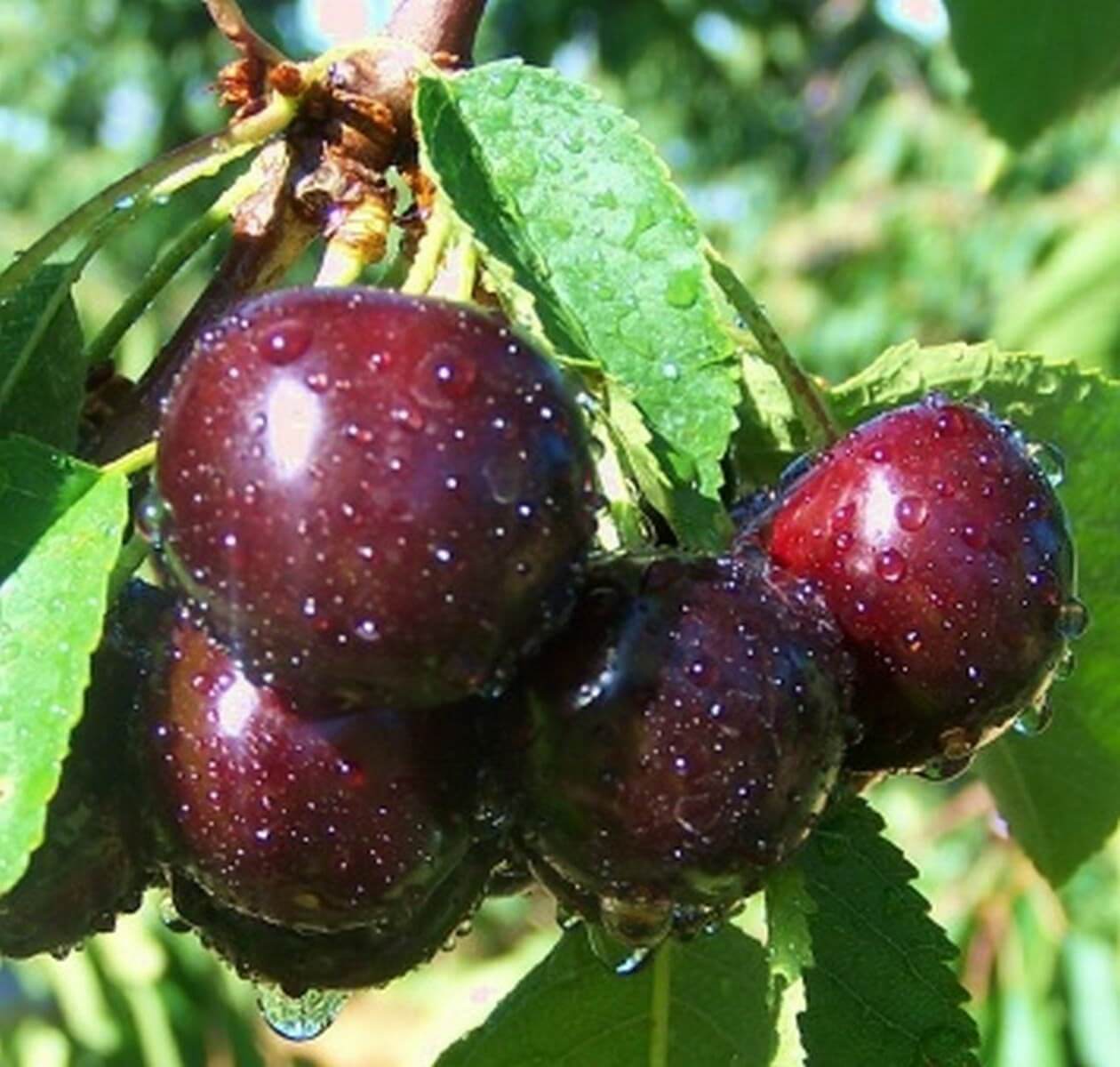They say that to get real pleasure from food, you need to mix the tastes in the mouth. And so it turned out with cherries Morozovka: sourness, mixing with astringency, gives a unique aroma combined with sweetness. How nice it is to pick a fresh berry from the tree and feel the fullness of the taste. And if in the country there is not one, but several varieties, then you can compare them, finding charm in each variety. And cherry Morozovka takes a worthy place in the competition of garden beauties.
Content
The history of the emergence of the variety Morozovka
There are several significant names in the selection of domestic cherry varieties. Candidate of Agricultural Sciences Tamara Vasilievna Morozova is one of those who have kept their name in their children: Tamaris, Morozovka, Morozova dessert cherry. Working on the basis of the All-Union Research Institute of Horticulture. IV Michurina, Tamara Vasilievna was engaged in the selection of cherry varieties that are resistant to unfavorable weather conditions and diseases. The final selection of the variety was also influenced by properties that simplify care and harvesting: small growth, compact crown, yield and amicable ripening of berries. Cherry Morozovka was obtained in 1988 as a result of chemical action on the Vladimir cherry seedling.
Description of cherry varieties Morozovka
A tree of medium growth with a spherical, medium-dense crown. Morozovka branches are raised, spreading. Fruits are formed mainly on bouquet branches. The leaf blade is small, narrow, serrated along the edge. The leaves are green, with a smooth, shiny surface. Morozovka's generous bloom leaves an unforgettable impression. White large flowers densely stick around the fruit twigs.
The shape of the berries is round, with a depression near the base of the fruit. The skin, pulp and juice are dark red. The pulp is firm and juicy. Average weight of fruits is 4–5 g. The stone is medium-sized, oval, easily separated from the pulp.
The taste of the berries is dessert, pleasant, sweet with a slight sourness. The sugar content in the pulp is more than 10%, organic acids 1.4%, ascorbic acid 30 mg / 100g. The fruits are suitable for canning, fresh consumption, and cooking. They tolerate transportation well.
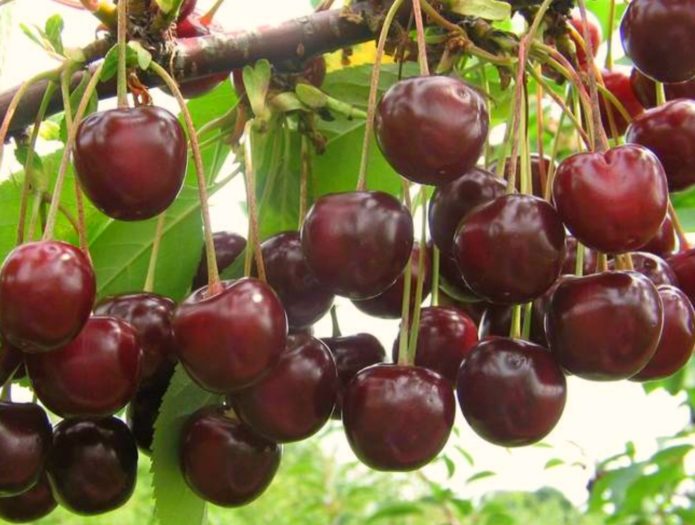
Large dark red fruits of Morozovka cherries have a dessert taste with high sweetness and slight sourness
Freezing is early, planting it on the site, after three to four years you can collect the first berries. The variety is high-yielding, mature trees yield 50-60 centners per hectare. The fruits ripen in July. The ripening period depends on weather conditions and climatic features of the area where cherries are cultivated. Fruiting is regular. The advantage of the variety is that the berries can be harvested by machine. These properties determine the choice of Morozovka cherries for industrial cultivation of berries.
Frosting refers to self-fertile varieties. For abundant fruiting, it is preferable to plant pollinators on it: Griot Michurinsky, Zhukovskaya, Lebedyanskaya. Cherry is propagated by Frosting by budding or cuttings.Up to 70% of cuttings take root.
Cherry varieties Morozovka are distinguished by excellent winter hardiness, drought and coccomycosis resistance. Flower buds can suffer only during severe frosts in the north of the Black Earth Region. Morozovka is considered to be one of the best cherry varieties in Russia.
Features of growing and care
Freezing is convenient for cultivation due to its small growth, resistance to adverse environmental factors and diseases.
Landing
Saplings are planted on light loam or sandy loam fertile soils with a slightly acidic reaction... They choose an illuminated place on a hill, 1.5-2 meters above the groundwater level, protected from cold northern winds. Cherries are planted in spring and autumn. It is advisable to prepare the pit in advance.
- Dig a hole 60 cm in diameter to a depth of 50 cm, leave a distance of at least two meters between the holes.
- The upper fertile soil layer is mixed with rotted manure in equal amounts, adding 25 g of potassium chloride, 1 kg of ash and 40 g of superphosphate to each well.
- An earthen mound 15 cm high is formed in the center of the pit, a peg is driven into it, leaving 50 cm of its length above the soil level.
- A seedling is planted, spreading the roots over the surface of the mound, the root collar is not buried in order to avoid overgrowth.
- They fill up the soil, tamp it tightly, tie the seedling to a peg.
- Form a hole and water abundantly.
- The trunk circle is mulched with dry peat or compost.
After the introduction of organic fertilizers into the planting pit, the cherries will not need to be additionally fertilized in the next 2-3 years.
Video: recommendation for planting cherries
Top dressing
Starting from the third year, the young tree needs to be fertilized.
- Every spring, add ammonium nitrate to the soil (20 g per 1 m2).
- In the fall, once every 3 years, add half a bucket of humus, 50 g of superphosphate and 35 g of potassium sulfate per 1 m2.
- To saturate the soil with calcium, once every 5 years, liming with dolomite flour, ground limestone or chalk. For sandy loam soils, 1.5–3 kg of lime per 10 m is enough2, for loamy 3-5 kg.
Liming cannot be carried out simultaneously with the introduction of organic matter.
Watering
To protect young seedlings, they are spud up before winter. In the spring, they form a near-trunk circle and provide the trees with regular watering.
Important periods for cherries are flowering and ovary formation. At this time, trees need to be watered, applying at least 15–20 liters under each tree. To ensure the future harvest, the cherries are again abundantly moistened after picking the berries and at the beginning of October. In dry years, watered more often and more abundantly to avoid the ovary falling off. In addition to watering, caring for cherries includes killing weeds and loosening the near-stem circle to improve root aeration.
Pruning
Cherries of the Morozovka variety are resistant to diseases, but they need pruning. When pruning in spring, old, frost-bruised and rubbing branches are removed. Thin the crown: remove the branches growing inward. If you do not cut off the fruiting branches, they will continue to grow and become bare, since the buds closest to the trunk gradually die off. In this case, only the buds at the ends of the branches will bear fruit. As a result, yield falls and the appearance of trees deteriorates.
Pruning of mature trees is necessary for the formation of new young shoots that replace the branches that have matured.
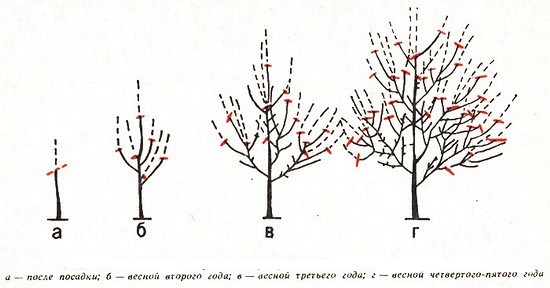
The scheme for the formation of a sparse-tiered cherry crown: branches growing inward are removed, the central conductor is shortened
When pruning, be sure to remove low-lying branches. If several branches have the same direction, a weak shoot is removed. The central conductor is constantly shortened, and later it is cut off to a side branch, forming a spherical crown. In general, they try to leave several strong skeletal shoots directed in different directions at the greatest possible angle to the trunk. They are cut on the outer kidney, shortening by half, and the rest by two-thirds.
When pruning cherries, it is important to process the cuts with garden pitch.
Protecting crops from birds
At the time of the ripening of the cherry harvest, feathered friends are activated. The sweet berry is attractive on its own and quenches thirst in hot weather. To protect the berries, it is recommended to pull fishing nets over the crown or hang old CDs on the branches. Shining in the sun, they frighten the birds.
The installation of drinking bowls for birds will not interfere with the garden, because they not only peck the harvest of berries, but also fight insect pests.
Reviews
“The trading company sells seedlings of the following cherry varieties: Zhukovskaya, Morozovka, Nadezhda, Turgenevka and Chudo-Vishnya. From this list you need to choose two varieties, which would you recommend? " Murmurka. Location: SPb
Morozovka is unambiguous, well, maybe Zhukovskaya, everything else is not very winter-resistant ...
Igor, from the varieties growing in my garden, with dry separation of fruits, with high taste qualities of the Morozovka, Zhukovskaya, Oktava, Assol varieties. All varieties grow as separate trees for many years. Trees Zhukovskaya and Octave are 25 years old, Morozovka is 20 years old
Morozovka and Kharitonovskaya .. They live on the sand almost in a pine forest without noticing this… but I think this is also an advantage of these varieties.
Gone are the days of sedate talk, long teas and huge cherry orchards. The space of plantations is narrowed to six acres, trees of medium and small sizes come into fashion and hold positions. And against this background, the unpretentious beauty Morozovka stands out.
